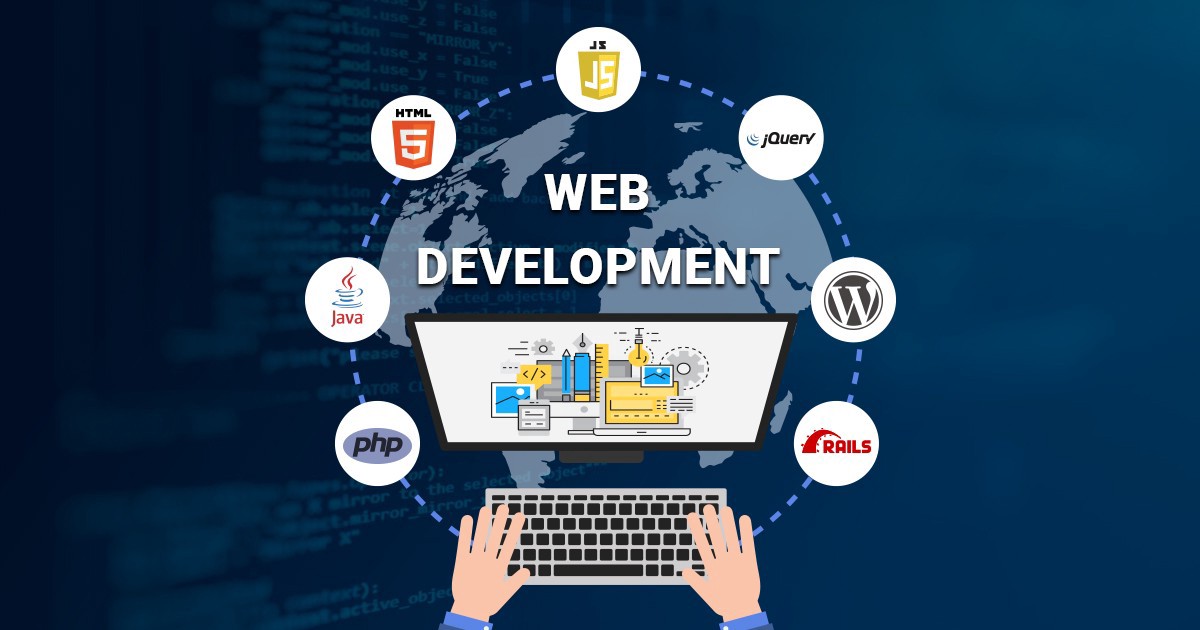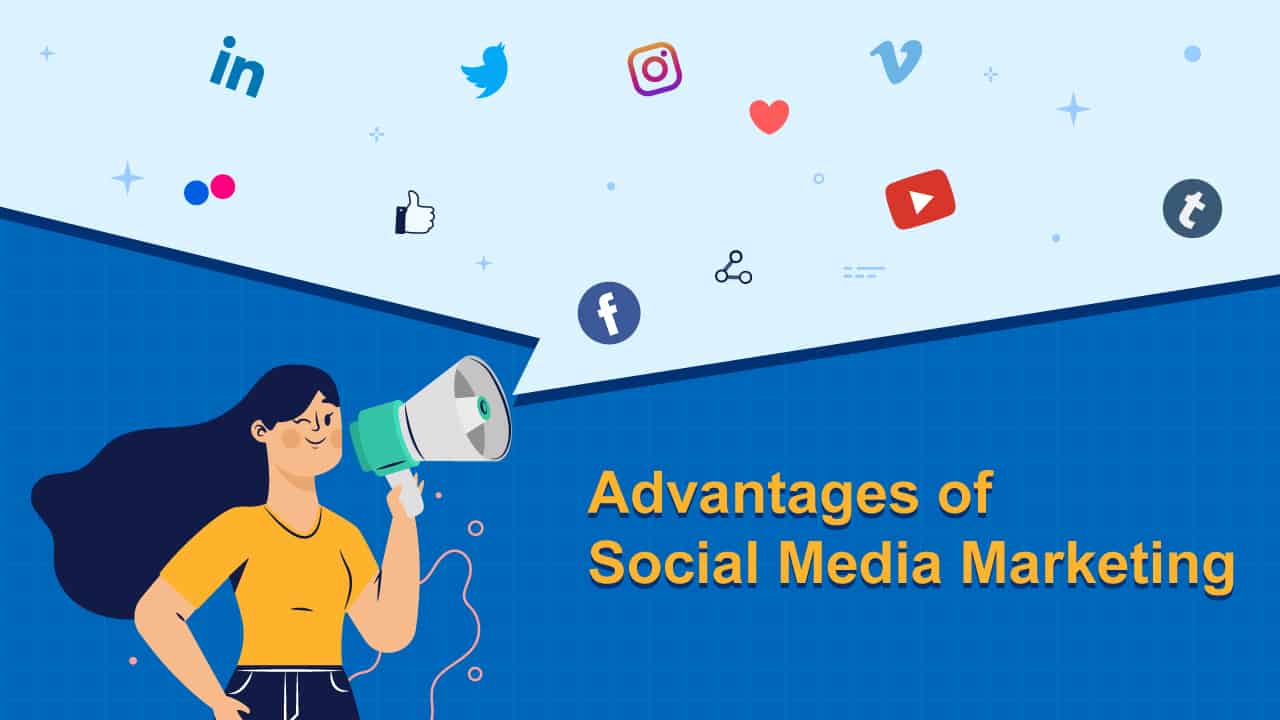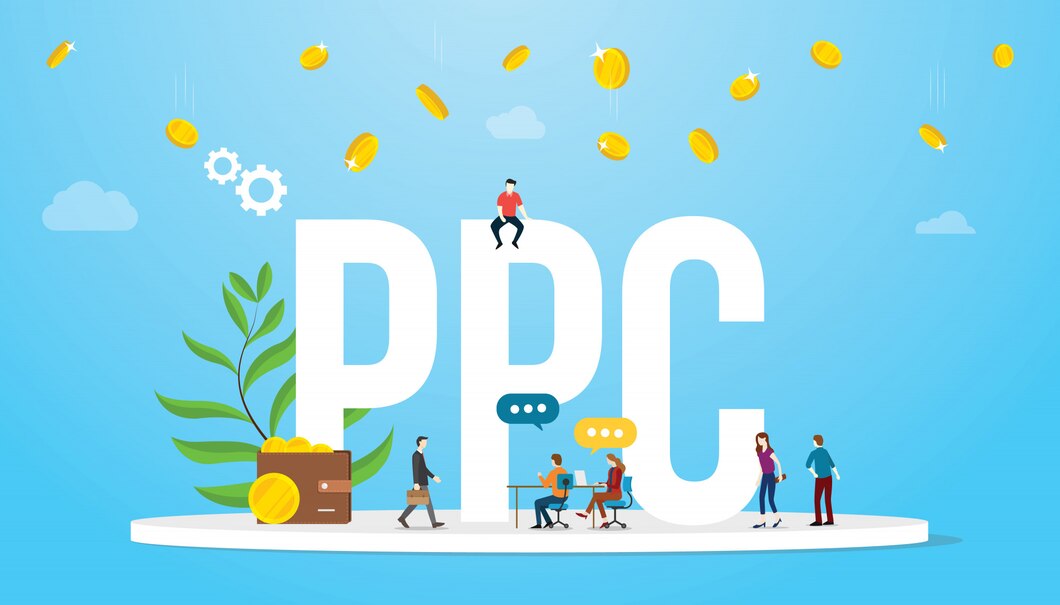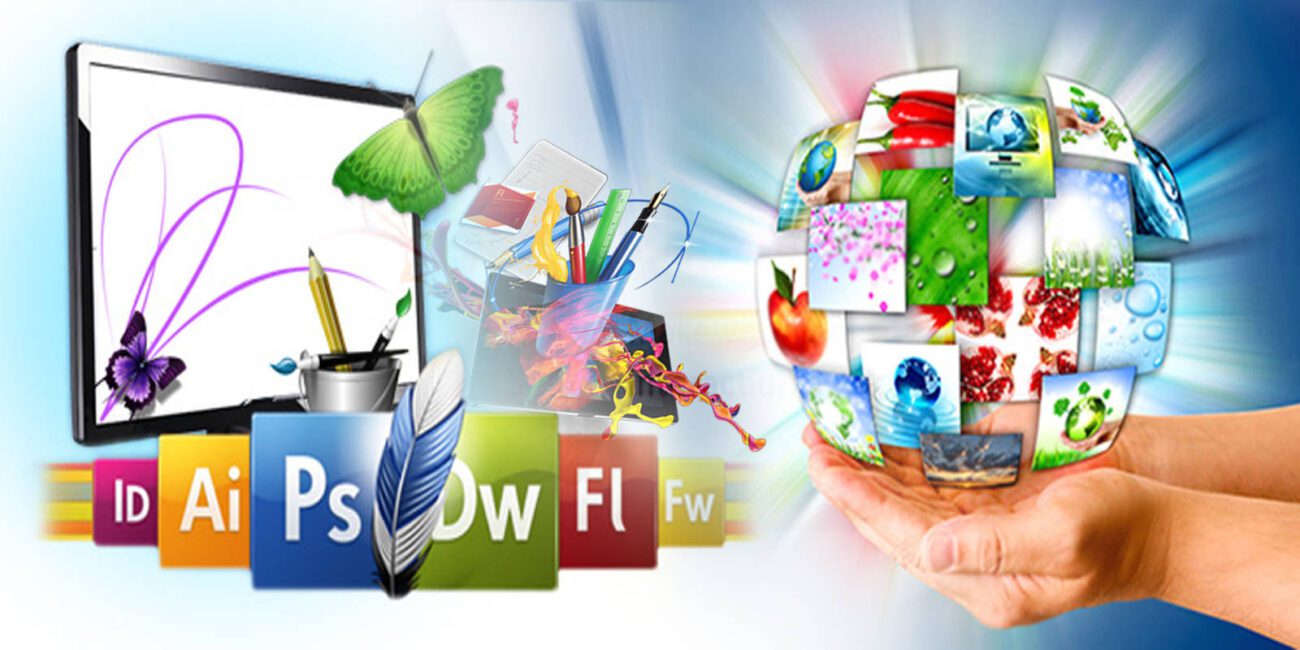Our Services
Website Development

Web development is the coding or programming that enables website functionality, per the owner’s requirements. It mainly deals with the non-design aspect of building websites, which includes coding and writing markup.
Web development ranges from creating plain text pages to complex web-based applications, social network applications and electronic business applications.
Most web devs use Hypertext Markup Language (HTML), Cascading Style Sheets (CSS), and JavaScript to develop websites.
It might also, but not necessarily, include all those strategic actions needed to ensure its proper ranking on search engine results. Usually, those tasks pertain to a different specialization, namely search engine optimization (SEO)
Application development is the process of creating a computer program or a set of programs to perform the different tasks that a business requires. From calculating monthly expenses to scheduling sales reports, applications help businesses automate processes and increase efficiency.
Every app-building process follows the same steps: gathering requirements, designing prototypes, testing, implementation, and integration.
Although there are some similarities between these two platforms when building applications, developing for iOS vs. developing for Android involves using different software development kits (SDKs) and different development toolchain. While Apple uses iOS exclusively for its own devices, Google makes Android available to other companies provided they meet specific requirements such as including certain Google applications on the devices they ship.
App development

SEO ( Search Engine Optimization )

Search engine optimization is the process of improving the quality and quantity of website traffic to a website or a web page from search engines. SEO targets unpaid traffic rather than direct traffic or paid traffic. the process of getting traffic from free, organic, editorial, or natural search results in search engines. It aims to improve your website’s position in search results pages. Remember, the higher the website is listed, the more people will see it
- On-page SEO (on-site SEO)
- Off-page SEO (off-site SEO)
- Technical SEO.
- Local SEO.
Social media marketing (SMM) (also known as digital marketing and e-marketing) is the use of social media—the platforms on which users build social networks and share information—to build a company’s brand, increase sales, and drive website traffic.
In addition to providing companies with a way to engage with existing customers and reach new ones, social media marketing (SMM) has purpose-built data analytics that allow marketers to track the success of their efforts and identify even more ways to engage.
The power of social media marketing (SMM) is driven by the unparalleled capacity of social media in three core marketing areas: connection, interaction, and customer data.
SMM ( Social media marketing )

PPC ( Pay Per Click )

Pay-per-click (PPC) is an online advertising model in which an advertiser pays a publisher every time an advertisement link is “clicked” on. Alternatively, PPC is known as the cost-per-click (CPC) model. The pay-per-click model is offered primarily by search engines (e.g., Google) and social networks (e.g., Facebook). Google Ads, Facebook Ads, and Twitter Ads are the most popular platforms for PPC advertising.
The pay-per-click model is primarily based on keywords. For example, in search engines, online ads (also known as sponsored links) only appear when someone searches a keyword related to the product or service being advertised. Therefore, companies that rely on pay-per-click advertising models research and analyze the keywords most applicable to their products or services. Investing in relevant keywords can result in a higher number of clicks and, eventually, higher profits.
Graphic design is defined as “the art and practice of planning and projecting ideas and experiences with visual and textual content.” In other terms, graphic design communicates certain ideas or messages in a visual way.
Graphic design is one way that companies connect with consumers. Design can be used to promote and sell products, to convey a message, or to develop a brand identity. Though some graphic design has a commercial purpose, Graphic Designers combine art and business, so the creative process is informed in part by business goals.
The elements and principles of graphic design include line, color, shape, space, texture, typography, scale, dominance and emphasis, and balance. Together, they work to create visually appealing work that conveys a message.
Graphic Design


